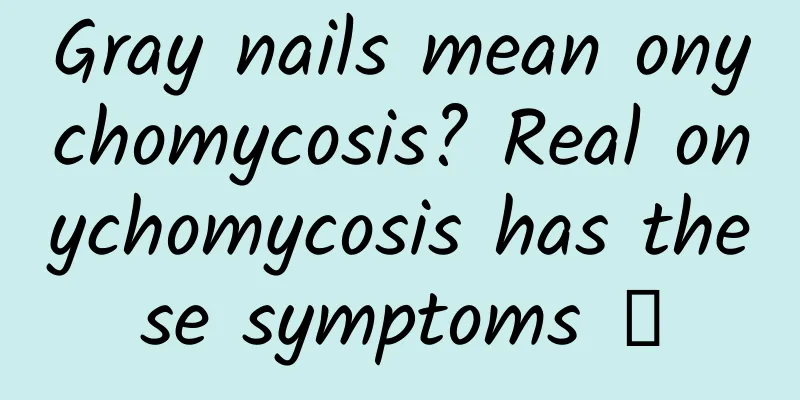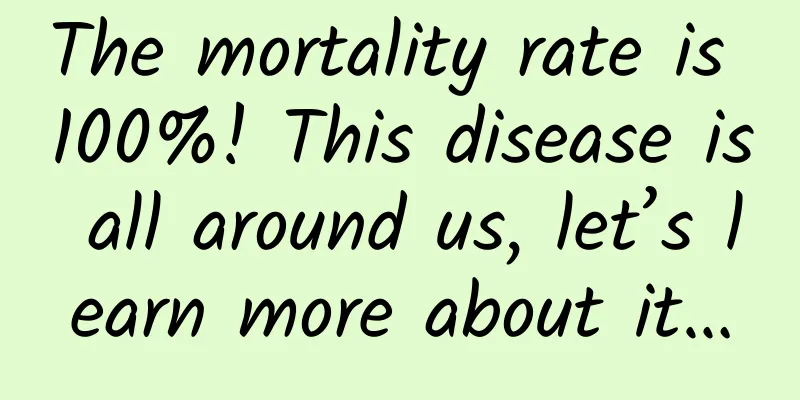Long-term effects of stroke include insomnia, cognitive, language and communication impairments

|
Stroke is a term in traditional Chinese medicine, and is also called apoplexy in traditional medicine. Generally refers to a sudden disease condition. Clinically, stroke and infarction both refer specifically to a sudden cerebral thrombosis and cerebral hemorrhage caused by cerebrovascular disease, both of which are called cerebral stroke. They are severe and include ischemic and hemorrhagic stroke. Stroke is characterized by high morbidity, mortality and disability. Different types of stroke require different treatments. Due to the lack of effective treatments, prevention is currently considered the best measure. The long-term effects of stroke sequelae include impairments in mobility, cognition, language and communication, as well as emotional problems, difficulty in activities of daily living and social impairment. Sleep changes often occur after stroke, and insomnia is a risk factor for stroke and an independent predictor of life satisfaction 6 months after stroke. Insomnia disorder is a sleep disorder characterized by frequent and persistent difficulty falling asleep and/or maintaining sleep, leading to poor sleep quality. Insomnia disorder can exist in isolation or be comorbid with mental disorders, physical illnesses, or substance abuse, and can be accompanied by a variety of functional impairments during wakefulness. It is reported that in the general population, the prevalence of insomnia ranges from 6% to 48% according to different definitions of insomnia. The prevalence of insomnia is higher in stroke patients. There is a high correlation between post-stroke insomnia and depression, disability, and fatigue, and it has a greater impact on returning to work one year after stroke. 50% of stroke patients suffer from insomnia before the onset of the disease. Insomnia not only affects the quality of life of stroke patients, but also promotes stroke recurrence, disability, cognitive decline, anxiety, depression and even suicide and other physical and psychological diseases. The incidence of insomnia one month after stroke is 37.7%, and the incidence of insomnia six months after stroke is 29.9%. Both short and long sleepers have a slightly increased risk of stroke, and circadian rhythm disorders have an impact on stroke risk, severity, and prognosis, but there is little literature on the relationship between long sleep and stroke. In addition, the occurrence of stroke may be related to changes in circadian rhythms. Circadian rhythm disorders are associated with increased cardiovascular and cerebrovascular risks. For example, ischemic stroke, myocardial infarction, and sudden cardiac death all show circadian rhythm changes, and the incidence of these diseases peaks in the early morning. Circadian rhythms affect the cardiovascular system through catecholamine levels, blood pressure, heart rate, vagal nerve regulation, platelet aggregation, and immune response, which may in turn affect the risk of stroke. Treatment of insomnia after stroke Non-drug treatment: First of all, attention should be paid to sleep hygiene and health education. Good sleep hygiene and sleep health education can improve stroke-related sleep disorders. Stroke patients should be encouraged to do rehabilitation exercises and limit the intake of stimulants such as tobacco, alcohol, coffee or tea; stroke patients should not have too full dinner; it is recommended to maintain good living habits (fixed work and rest time, bedroom only for sleep, etc.); create a good sleeping environment (reduce noise and night light, etc.). Drug treatment: There is a lack of large-scale clinical research on drug treatment for stroke-related insomnia. Existing evidence shows that some drugs for treating insomnia can be used to treat stroke-related insomnia, including benzodiazepines (alprazolam, estazolam, diazepam, etc.), non-benzodiazepines (zolpidem, eszopiclone, zaleplon, etc.), melatonin and melatonin receptor agonists (ramelteon, agomelatine, etc.), orexin receptor antagonists (ramelteon, suvorexant, etc.). Recovering from a stroke is a difficult process that requires time, patience, good sleep and rest, and support and empathy from family members. Although improving sleep after a stroke can help stroke recovery, not all difficulties and challenges in the stroke recovery process can be solved by sleep. Sleep disorder is an important factor in the comprehensive treatment of post-stroke. Effective identification and intervention in the treatment of sleep disorder is an important part of the preventive intervention of modifiable risk factors for cerebrovascular disease. References [1] Yang Xingmei, Han Meirong, Jiang Xuelong, He Zhongming, Han Fang. Research progress on insomnia after stroke[J]. Chinese Journal of Stroke, 2023, 18(05): 527-533. [2] Wang Yali, Pei Shaofang, Liu Yi. Sleep disorders after stroke[J]. Chinese Journal of Stroke, 2019, 14(4): 346-351. [3] Liu Chunfeng, Li Jie. Commonly neglected sleep disorders in stroke patients[J]. Chinese Journal of Stroke, 2019, 14(4): 305-308. Hu Yongzhen Contributing author: Hu Yongzhen, attending physician and deputy chief physician of neurosurgery, Neurological Medicine Center, Huizhou Third People's Hospital Graduated from Harbin Medical University with a master's degree in medicine. After graduation, he worked in the Department of Neurosurgery of Qiqihar First Hospital, and served as a resident and attending physician in the Department of Neurosurgery III. In 2017, he worked in the Neurological Medicine Center of Huizhou Third People's Hospital as an attending physician and deputy chief physician in the Department of Neurosurgery. His main research direction is the cell origin of glioma and its treatment. He is currently engaged in neurosurgery work such as craniocerebral trauma, cerebrovascular disease, craniocerebral tumors, spine and spinal cord. He has participated in 3 provincial and municipal projects, published 3 international (SCI) papers and 14 national papers, and completed or participated in the completion of more than 1,000 neurosurgery operations of various types. Job Skills: Traumatic brain diseases, such as cerebral contusion, epidural hematoma, subdural hematoma, skull base fracture, traumatic cerebrospinal fluid leakage, etc. Cerebrovascular diseases, such as cerebral hemorrhage (hypertensive cerebral hemorrhage, brainstem hemorrhage), subarachnoid hemorrhage, intracranial aneurysm, etc. Diagnosis and treatment of intracranial tumors such as meningioma, glioma, pituitary tumor, etc. Especially for spinal cord diseases, the first is degenerative lesions, mainly cervical spondylosis, lumbar disc herniation, etc.; the second is space-occupying lesions, mainly intraspinal tumors; the third is deformities, mainly including cerebellar tonsillar herniation, flat skull base, skull base indentation, etc.; the fourth is congenital spinal cord disease, such as spina bifida, tethered cord, meningocele and other diseases, and there is some research on the diagnosis and treatment of these diseases. Drug treatment of epilepsy (traumatic epilepsy or secondary and primary epilepsy). |
Recommend
What causes polycystic ovary
Polycystic ovary problem is the most common probl...
Can my husband suck my breasts when I'm pregnant?
The human body is a very peculiar structure. Duri...
If pregnant women eat too much, will it have a big impact on the fetus?
There are many expectant mothers who, after becom...
Diseases that women may suffer from night sweats
People who often suffer from night sweats are def...
How to nourish the ovaries_Methods to nourish the ovaries
In addition to ovulation, which is the key to pre...
If pregnant women experience these conditions, they must pay attention to them as soon as possible!
Pregnancy is a great project in the course of hum...
Can I have an abortion if I'm five or six months pregnant?
Nowadays, there is an optimal time for abortion. ...
How many bowls of rice are equivalent to the calories in a piece of durian? Tips on how to choose durian
Durian pulp is rich in sugar, carbohydrates, diet...
CMR: India's smartphone shipments are expected to reach 116 million in 2016
199IT original compilation CMR recently released ...
Can pregnant women take Sanjiu Ganmao Ling?
The early stage of pregnancy is the test tube emb...
The key to breast enlargement is to eat collagen
For women, having full breasts can make them more...
Dieting is harmful, it is easy to rebound and hurt your body
Losing weight is an enduring topic. There are man...
Causes of left side waist pain in women
Many of our friends understand that women experie...
What discomfort does pregnancy cause? What discomfort does pregnancy cause?
We all know that after a woman becomes pregnant, ...
Can I have sex if I have HPV infection?
HPV is a relatively common viral infection, which...









